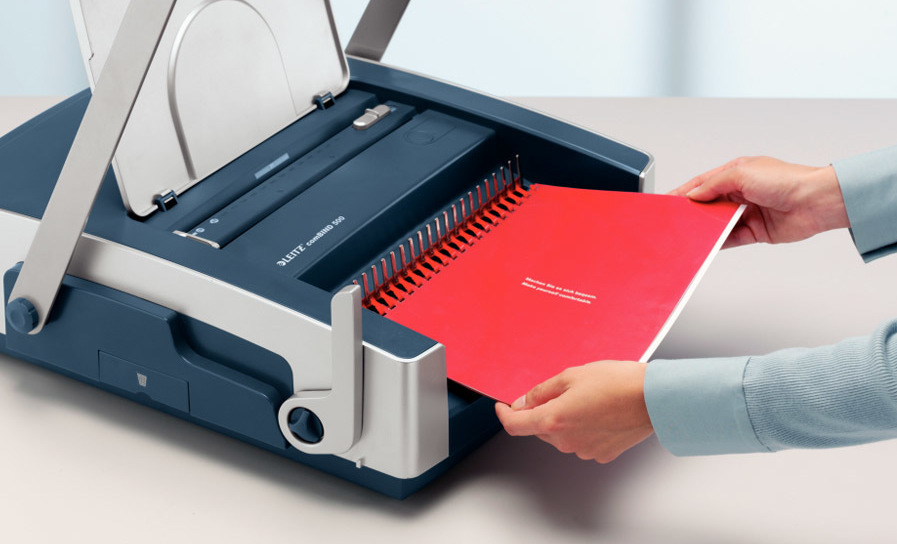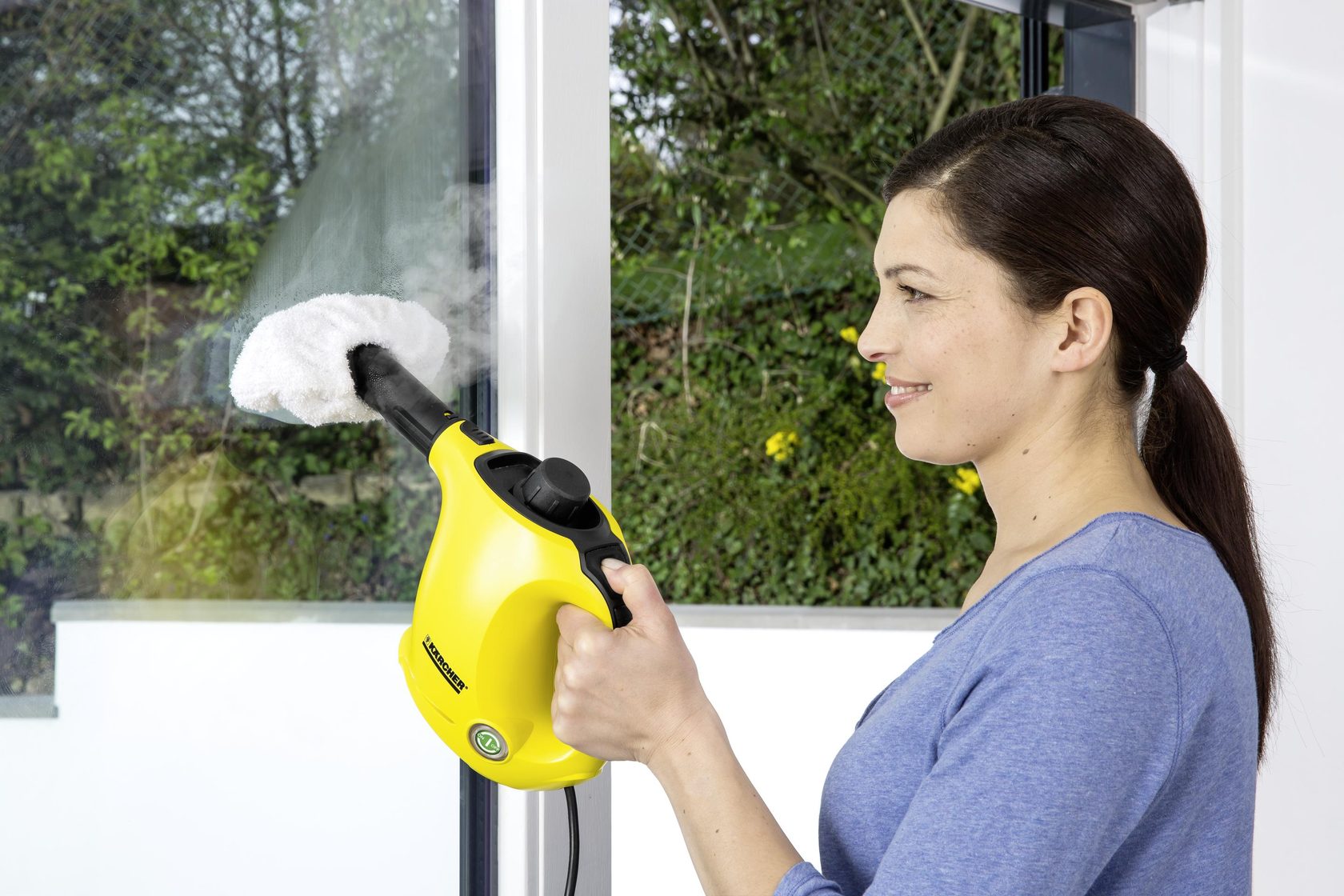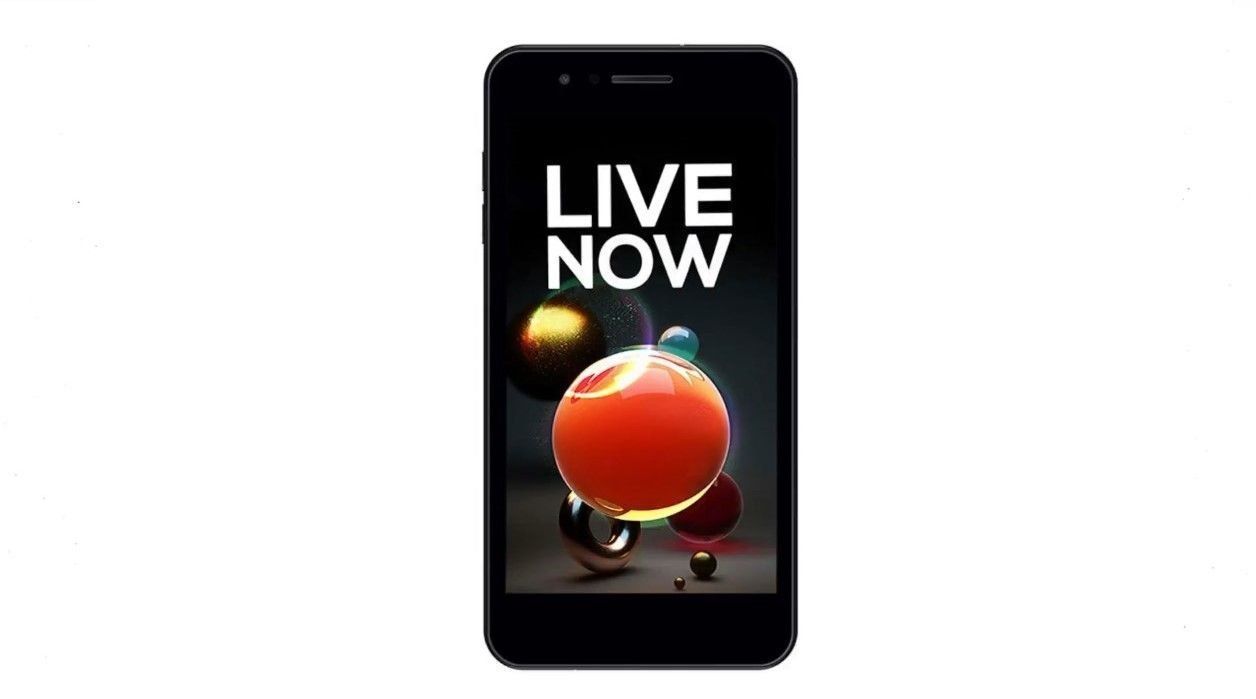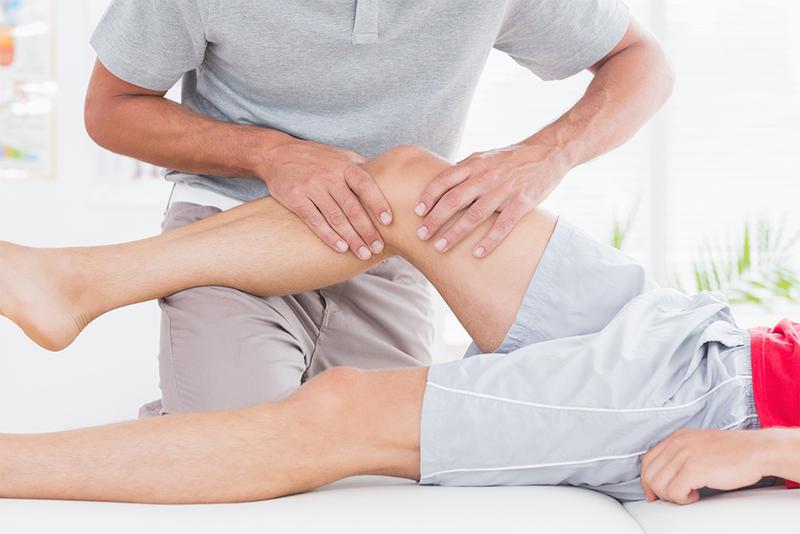Ranking of the best booklet makers for 2024
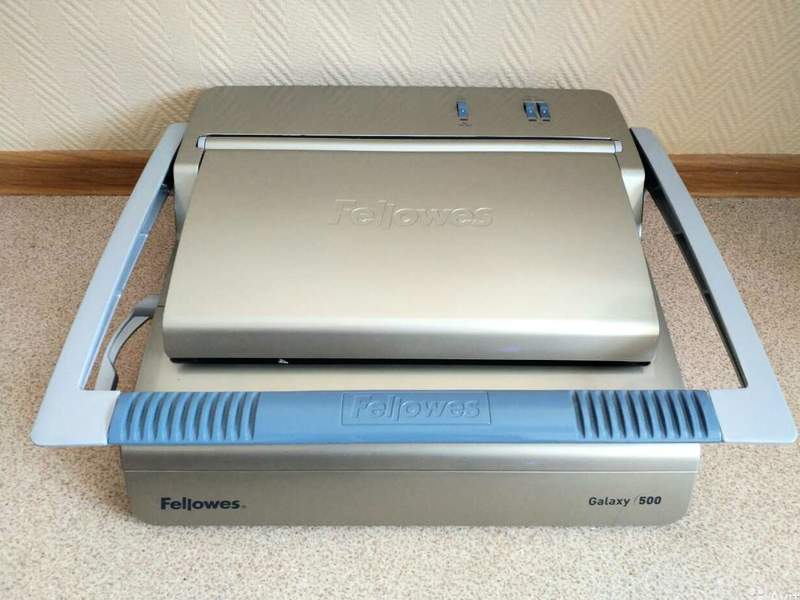
The traditional method for preparing and arranging raw paper is binding. To use it, you need a special tool called a booklet maker. It can be used to easily bind a paper bale (from 3 pages to several hundred). For this, folders with a plastic top and bottom made of thick cardboard with an adhesive composition are used, or they are replaced by metal or plastic parts.

Booklet maker what is it
The device for the binding of documents can be used in office and commercial companies, it is an indispensable assistant where it will help to put documents in order, research centers, engineering and design bureaus, printing enterprises. It is difficult to do without it where documents are subject to special storage requirements, or for creating materials for presentations.
Its process is quite simple. It is necessary to collect the sheets in an even and neatly stacked pile, then put them inside the apparatus itself. Then you need to mark the location of the holes, making them manually or automatically, if the choice concerns the spring connection. Subsequent work will be performed by the weaving machine, the machine will fasten the pages together on one side with a spiral or glue.
Types of booklet maker and weaving methods
A binding machine or booklet maker is a device that binds sheets of paper together into a single document. It is used when preparing, as well as drawing up reports, research materials, educational work and other materials. In stores there is a wide variety of similar machines, differing in characteristics and prices. How can a consumer decide on the best booklet maker and also avoid paying extra money for features that they don't need? To do this, you need to know the similarities and differences between the models.
A distinctive feature of the binding device is contained in the paper binding technique. The first is a metal spring, the second is made of plastic, the third is an adhesive.
- Plastic spring
Booklet makers with plastic are quite popular in printing offices and small firms, where employees work with price lists, make catalogs for goods. The springs are very strong and reusable. If necessary, the spring opens easily to add or reduce excess paper. To be able to stitch on a plastic spring, there should be at least three pieces of paper, but no more than 500 tons (we are talking about paper intended for work in offices, the density of which is 80 g / m). Such a plastic part is quite cheap in cost, differs in a variety of colors and different sizes.
Disadvantages - too little rigidity, limited opening angle of 180 degrees, and also a rather cheap look.
- Metal spring
Booklet makers with a metal spring have a more presentable look, which is one of the main advantages. Such machines are more durable and costly. Papers bound with metal retain their neatness for a long time, the opening angle reaches 360 degrees, with 130 sheets inserted. Metal springs have proven themselves on the positive side at prestigious and status enterprises, when preparing documentation, or in printing houses, when colorful materials and records are being prepared.
The color component, as well as the dimensions of the metal springs are much smaller than those of the plastic ones, but this drawback is fully compensated by their strength and durability. There is also a significant disadvantage: it is impossible to report or reduce the number of sheets to ready-made documents, because this will violate the integrity of the spring itself. Even if there is a special device that allows you to unbend a metal spring, then it is very difficult for it to take its original shape.
- Thermal binding
With the help of a thermobinder, you can create a binding of folders with an adhesive base. This type of booklet maker is in demand where speed is prevalent. In just a few minutes you can make a very high quality and solid binding. During the process, glue folders are applied. A press and a certain high temperature melts it, and in the process of drying the foot joins, turning into a publication. Eventually, a real paperback book comes out.
Its disadvantages are the inability to reuse consumables and add or remove sheets.
The punching variant is also taken into account when choosing a suitable bookbinder. It can be either electrical or mechanical, that is, manual. Manual penetration requires pressing the handle, which is located on the machine body, and the first method, an automatic machine, is performed by pressing a key.
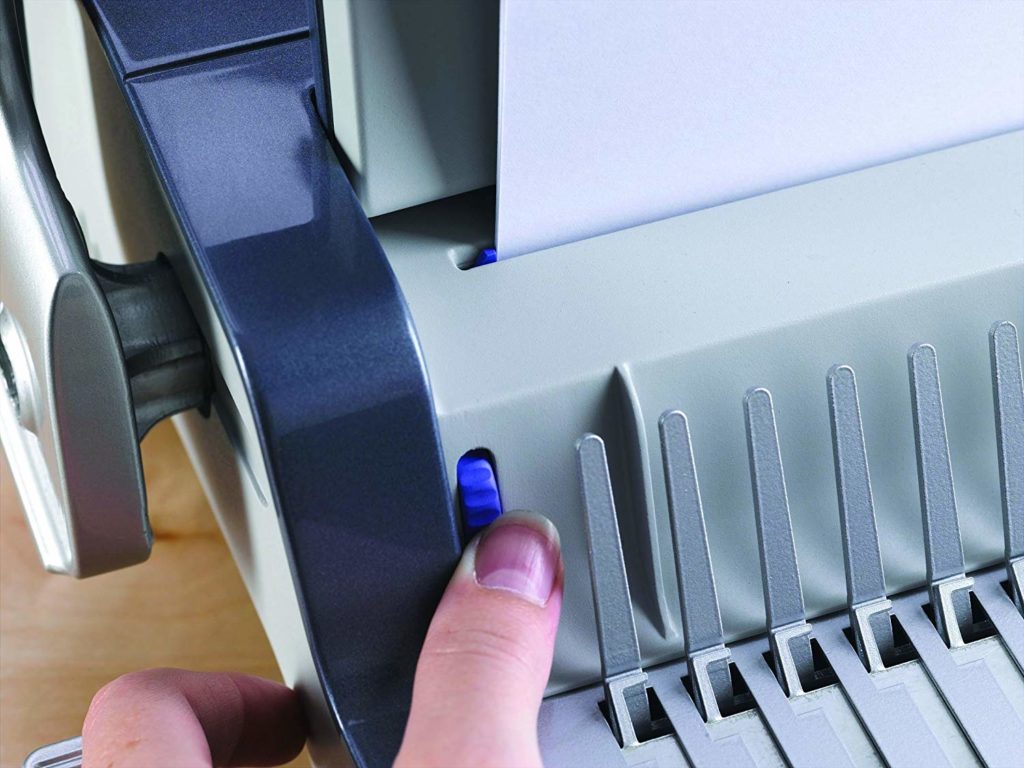
Perforation
Booklet makers know that the perforation depth can be adjusted, and some models have this feature. The owner of the device with the ability to adjust can independently decide how far from the edge of the documents there will be holes. Especially often, production managers with bulky bundles of stitched paper turn to such devices. If the indentation is chosen correctly, the binding of the brochure will not break for a long time, and the reader will comfortably study the documents.
The number of sheets bound per pass depends on the model of the booklet maker. Organizations involved in the creation of bulky brochures are advised to pay attention to this parameter when purchasing.
Body material
The binder will be plastic or metal - the quality of the stitching will remain the same. However, plastic is typical for budget models. More expensive devices are made with a metal or mixed case.
The plastic binder is suitable for those manufacturers whose brochures do not exceed 120 sheets. This option is also good when the booklet maker is used occasionally, not on a regular basis. The metal makes the case resistant to damage, which means that such a device will last longer. Models with a metal body are characterized by high performance and can be used on a regular basis. In addition, it is allowed to bind bulky bundles, the thickness of which reaches 500 sheets.
The golden mean is a case made of a mixture of plastic and metal. Such a machine is sufficiently resistant to constant stress and allows you to staple thick stacks of documents. The price of such binders is slightly higher than plastic, but cheaper than metal.
Additional functions of booklet makers
Buyers of booklet makers are advised to take a closer look not only at the main, but also at the additional parameters of the device:
- The ability to disable individual knives. If it is, then the user can work with atypical paper sizes.
- The separate binding and hole punching function saves time when creating a booklet.
- The presence of side stops adds convenience when binding: it makes it easier to determine the maximum dimensions of the future brochure.
- The dimensions of the device also matter when solving the nuances of its placement. The issue of dimensions in a small office or room is especially relevant.
When choosing a suitable binder model, the following model properties may be important:
- Some devices may punch holes in a vertical document. This allows you to spend less effort when installing the pack, as well as avoid distortions in the future brochure.
- The selector, which helps to select the springs of the required diameter and thickness, significantly speeds up the binding process.
- Automatic flaps in the waste chute avoid overloading. Paper confetti has an unpleasant tendency to accumulate, and untimely release of the container leads to clogging of the cutting blocks, which can provoke deformation of the knife. The Fellowes company approached the problem in a comprehensive manner and invented a mechanism that opens the flaps of the tray to notify that it is time to remove waste.
- In some models, you can find a sheet size selector, with which you can quickly adjust the machine to the required sheet size, as well as quickly switch from one to another. If the sheet size is selected correctly, the holes will be symmetrical and even. In addition, the correct setting of the teeth on the comb facilitates quick and easy spring installation. Fellowes has calculated the ideal angle for teeth to be 15 degrees. In this case, the spring does not slide off the comb and quickly sets onto the document.
- Additional compartments for storing springs and covers are very convenient in the office, where it is important when everything you need to be at hand.
Best models of binders for the office
ProfiOffice Bindstream M08
A mechanical device makes the binding of brochures with plastic springs. The unit can simultaneously punch 8 sheets, and can bind up to 150 sheets. The perforation size does not exceed 29.7 cm. Hand-operated perforation with a penetration depth of 3 mm is ideal for small brochures.
Changing the punching depth is not provided in the design of this device, but the functions of opening the spring and a convenient punching lever are combined for ease of use. There is also a retractable container for sheet trimming. The weight of this bookbinder is just over one and a half kilograms.
- great for small brochures;
- easy to use.
- depth does not change.
ProfiOffice Bindstream E25 Plus
The device is electrical and supports the weave with a plastic, flexible spring. The capacity of the unit will allow you to bind up to 450 sheets in a short time. The device has a precision puncher capable of punching up to 25 sheets of paper at a time. The advantage of this model is that the perforation depth is variable and ranges from 3 to 9 mm. The sturdy knives can be switched off at any time. The number of knives is 21.
The device is equipped with a separate manual lever that opens the springs - so you can easily add or subtract paper. Spring diagonals vary from 6 to 51 mm. A retractable plastic trim tray is also included. The average weight of the unit is 17.4 kg.
- the accuracy of the punch;
- the punching depth changes.
- not found.
Fellowes FS-5622001 Galaxy
Quite a productive device with mechanical action and binding with plastic springs. This unit in a durable, metal case shows itself well in comparison with similar units from other manufacturers. It is capable of binding 500 sheets, 25 of which are punched at the same time. The diagonal of the springs is 6-50 mm. Perforation is carried out with a depth of 3 and 5 mm. The design takes into account the separation of the stitching and punching devices. The spring size selector will align the documents to be bound to the desired edge.The presence of a box for springs and a special tray for paper waste are also advantages of this design. The detachable sheet binding module increases the productivity of the device.
- productive device;
- durable, metal body.
- not found.
Fellowes Pulsar E
A budget-priced bookbinder designed for small businesses. It has high productivity and can bind up to 300 standard A4 sheets. Punches 15 sheets at a time using electrical punching. The size of the springs is 6 - 38 mm. Design of a paper waste bin with an opening flap, through which it is convenient to dispose of debris. The stapler teeth are angled at 15 degrees for quick binding. Booklet maker weight: 10 kg.
- good performance;
- light weight.
- not found.

Gladwork BUSINESS WB-25 D
The powerful unit binds brochures with metal springs. Ideal for the production of wall calendars and can be used both in the office and in a small print shop. Binds 120 sheets and springs are limited to 14mm. The largest sheet size this device works with is A4 format. 40 quality knives can be turned off as soon as necessary, and the indent at the perforation can be varied from 2 to 5 mm.
- the indentation of the perforation can be varied;
- suitable for the production of wall calendars.
- not found.
Geleos BP-13
This machine binds materials with plastic springs. Punching up to 13 sheets at a time is enough for a medium-sized office. Will be a great helper for small businesses. Binds up to 500 sheets. Works with documents of A4 size and smaller.
Reliable hand punching with a depth of 3 mm allows you to bind small prints without losing quality. The knives cannot be turned off, but there is a convenient lever for opening the springs and a tray for paper scraps. Perforation depth is adjustable (3 modes). The body of the device is made of durable metal and is located on a stable base. Unit weight does not exceed 1.6 kg.
- suitable for a medium-sized office;
- reliable hand perforation.
- the perforation depth is not adjustable.
Orion FS-56426
This powerful booklet maker binds editions with plastic springs. At maximum productivity, it will be able to process 500 sheets in one cycle. Designed for the office where you need to make different types of brochures. The powerful puncher punches up to 30 sheets at a time. You can easily change the perforation depth in four levels: 3, 5, 7 or 9 mm. The knives in this device are disabled at the request of the client.
A convenient lever attached to the side allows you to add or subtract the number of sheets to be bound. Spring with a diameter of 6-51 mm. Convenient box for paper scraps complements the design. The mains cable for connection is 1.5 m long, and the cord from the bookbinder to the pedal is 1.4 m. This booklet maker weighs just over 13 kg.
- there is a box for scraps;
- there is a function of adding sheets.
- not found.
Quasar-E FS-56209
Mechanical bookbinder with plastic spring binding. Good performance makes it the best in its price segment. It is capable of binding documents containing 500 sheets. Punching is subject to 20 sheets at a time. The perforation shape is rectangular. The body of the device is gray. Spring with a diameter of 6-50 mm, and the depth of the perforated material from 3 to 5 mm.
- high quality device with good performance.
- not found.
The correct choice of a booklet maker depends on how clearly the criteria for the required device are formed. The presented list is not exhaustive, but it greatly facilitates the decision to buy a bookbinder.
new entries
Categories
Useful
Popular articles
-

Top rating of the best and inexpensive scooters up to 50 cubic meters in 2024
Views: 97661 -

Rating of the best materials for noise insulation for an apartment in 2024
Views: 95022 -

Rating of cheap analogues of expensive medicines for flu and colds for 2024
Views: 91751 -

The best men's running shoes in 2024
Views: 87681 -

Top ranking of the best smartwatches 2024 - price-quality
Views: 85091 -

Best Complex Vitamins in 2024
Views: 84801 -

The best dye for gray hair - 2024 top ranking
Views: 82406 -

Rating of the best wood paints for interior use in 2024
Views: 77202 -

Ranking of the best action cameras from China in 2024
Views: 75269 -

Rating of the best spinning reels in 2024
Views: 74827 -

The most effective calcium supplements for adults and children in 2024
Views: 72462 -

Top rating of the best in 2024 means for male potency with a description
Views: 68296
